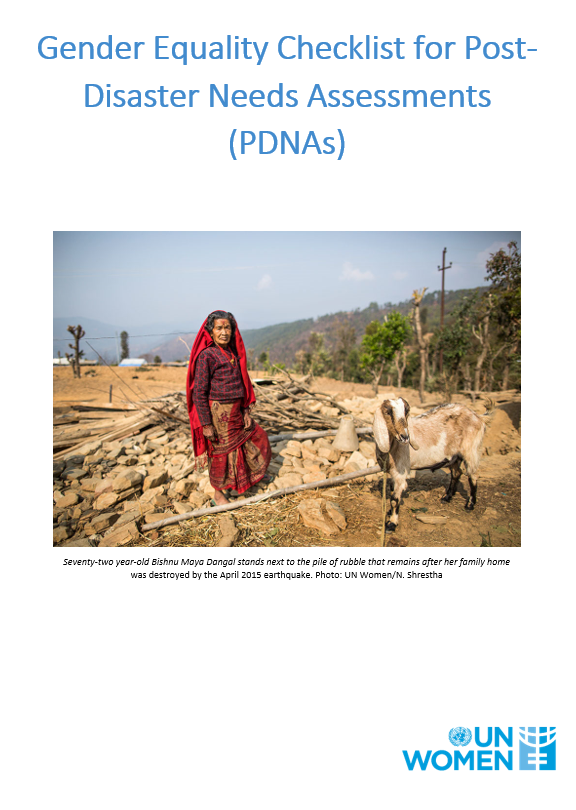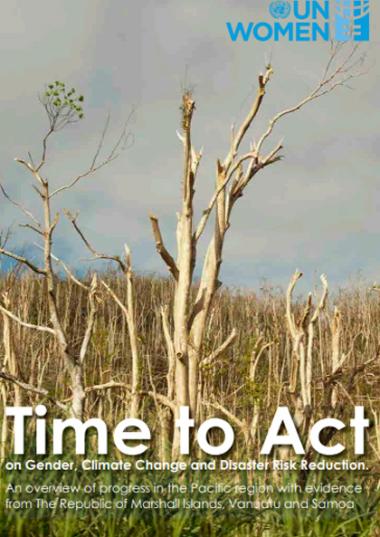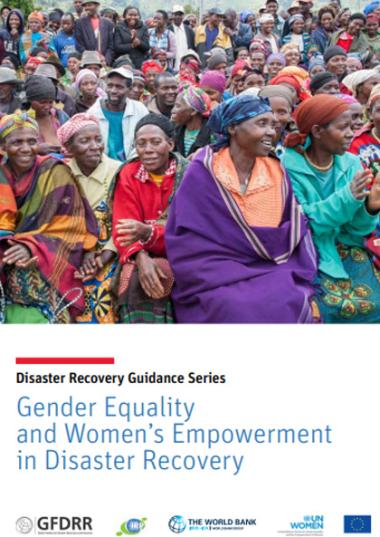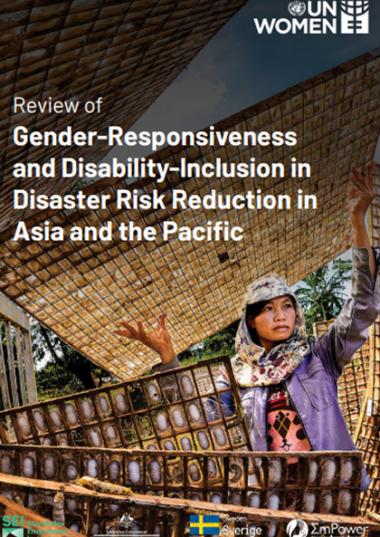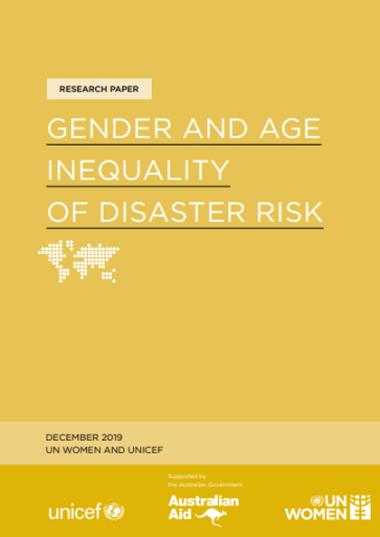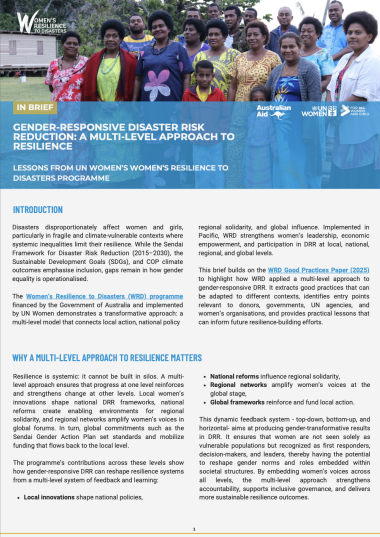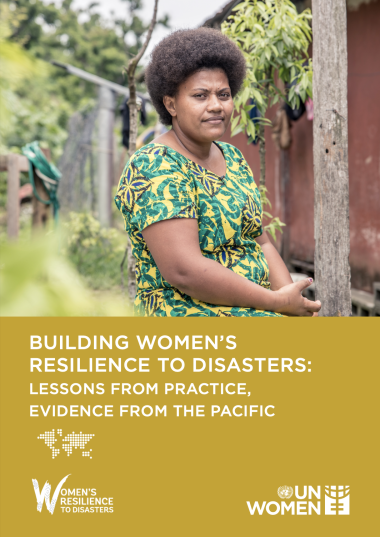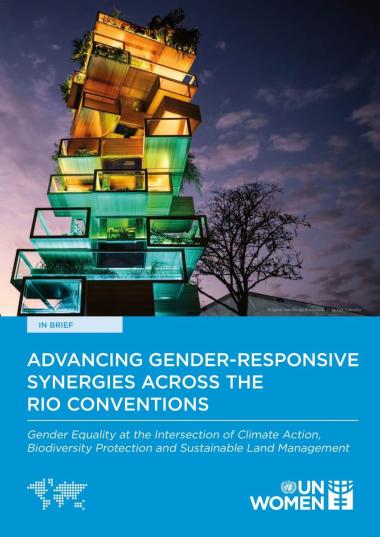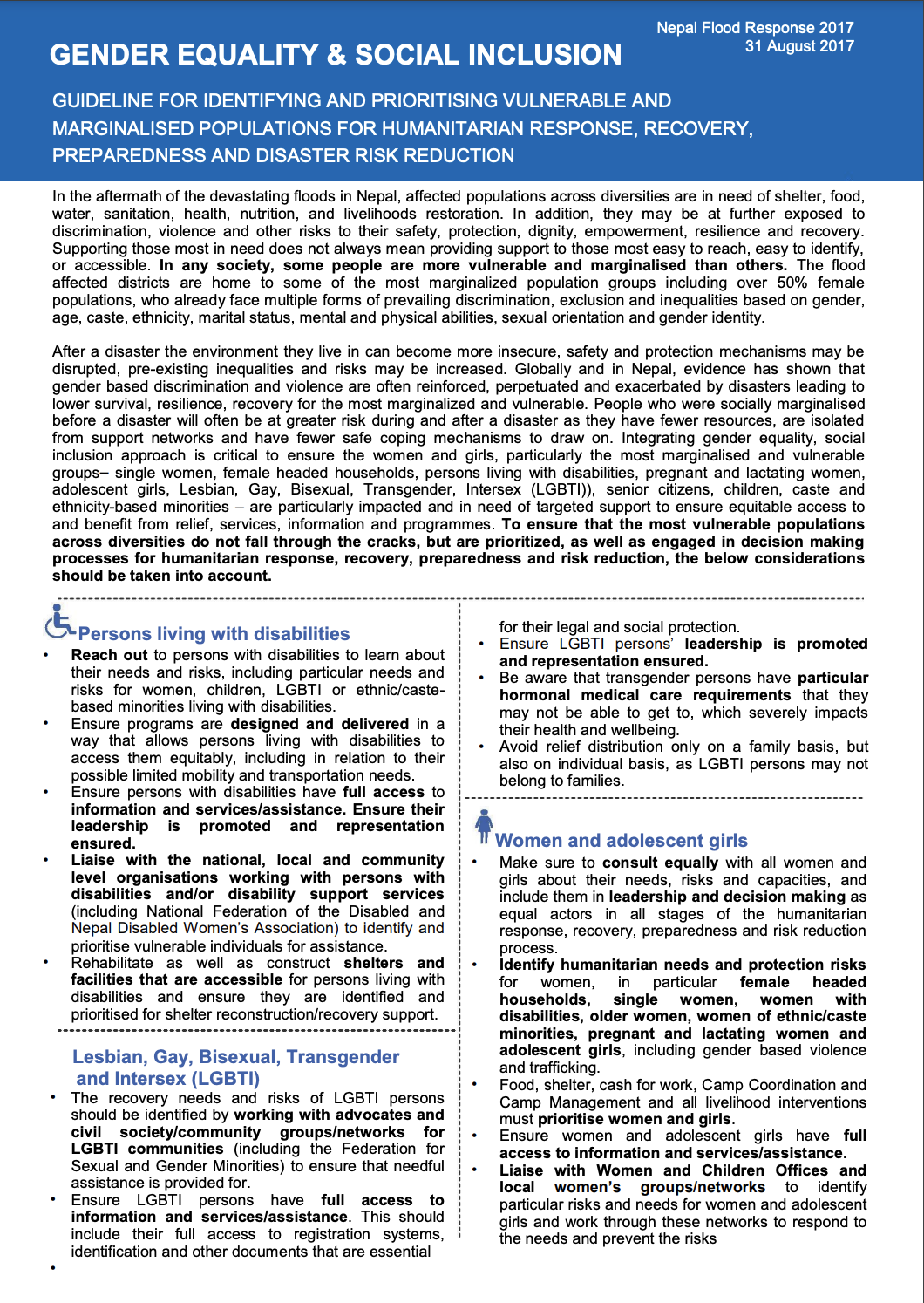
GENDER EQUALITY & SOCIAL INCLUSION
Nepal Flood Response 2017 31 August 2017
GUIDELINE FOR IDENTIFYING AND PRIORITISING VULNERABLE AND MARGINALISED POPULATIONS FOR HUMANITARIAN RESPONSE, RECOVERY, PREPAREDNESS AND DISASTER RISK REDUCTION
In the aftermath of the devastating floods in Nepal, affected populations across diversities are in need of shelter, food, water, sanitation, health, nutrition, and livelihoods restoration. In addition, they may be at further exposed to discrimination, violence and other risks to their safety, protection, dignity, empowerment, resilience and recovery.
Supporting those most in need does not always mean providing support to those most easy to reach, easy to identify, or accessible. In any society, some people are more vulnerable and marginalised than others. The flood affected districts are home to some of the most marginalized population groups including over 50% female populations, who already face multiple forms of prevailing discrimination, exclusion and inequalities based on gender, age, caste, ethnicity, marital status, mental and physical abilities, sexual orientation and gender identity.
After a disaster the environment they live in can become more insecure, safety and protection mechanisms may be disrupted, pre-existing inequalities and risks may be increased. Globally and in Nepal, evidence has shown that gender based discrimination and violence are often reinforced, perpetuated and exacerbated by disasters leading to lower survival, resilience, recovery for the most marginalized and vulnerable. People who were socially marginalised before a disaster will often be at greater risk during and after a disaster as they have fewer resources, are isolated from support networks and have fewer safe coping mechanisms to draw on. Integrating gender equality, social inclusion approach is critical to ensure the women and girls, particularly the most marginalised and vulnerable groups– single women, female headed households, persons living with disabilities, pregnant and lactating women, adolescent girls, Lesbian, Gay, Bisexual, Transgender, Intersex (LGBTI)), senior citizens, children, caste and ethnicity-based minorities – are particularly impacted and in need of targeted support to ensure equitable access to and benefit from relief, services, information and programmes. To ensure that the most vulnerable populations across diversities do not fall through the cracks, but are prioritized, as well as engaged in decision making processes for humanitarian response, recovery, preparedness and risk reduction, the below considerations should be taken into account.
